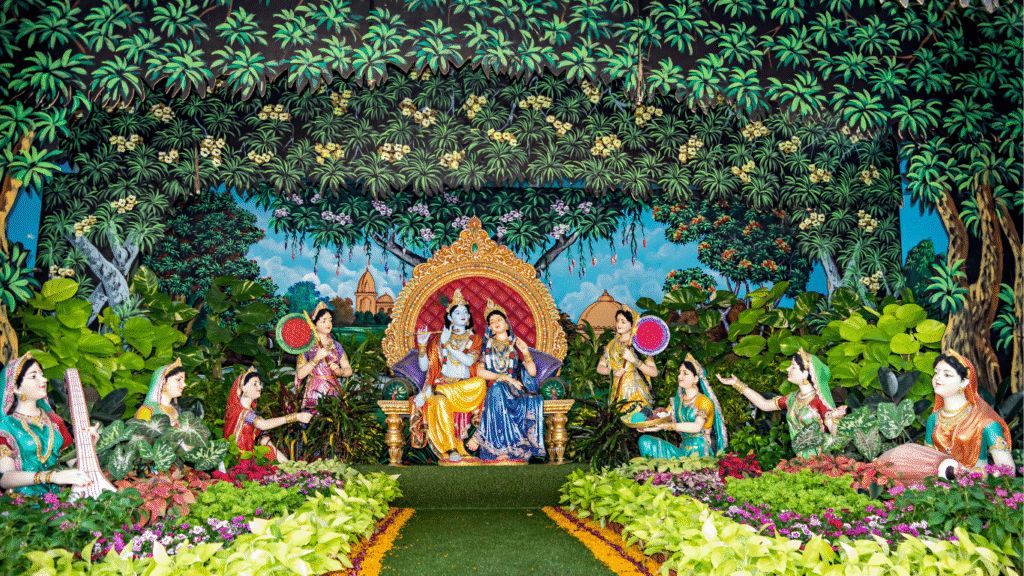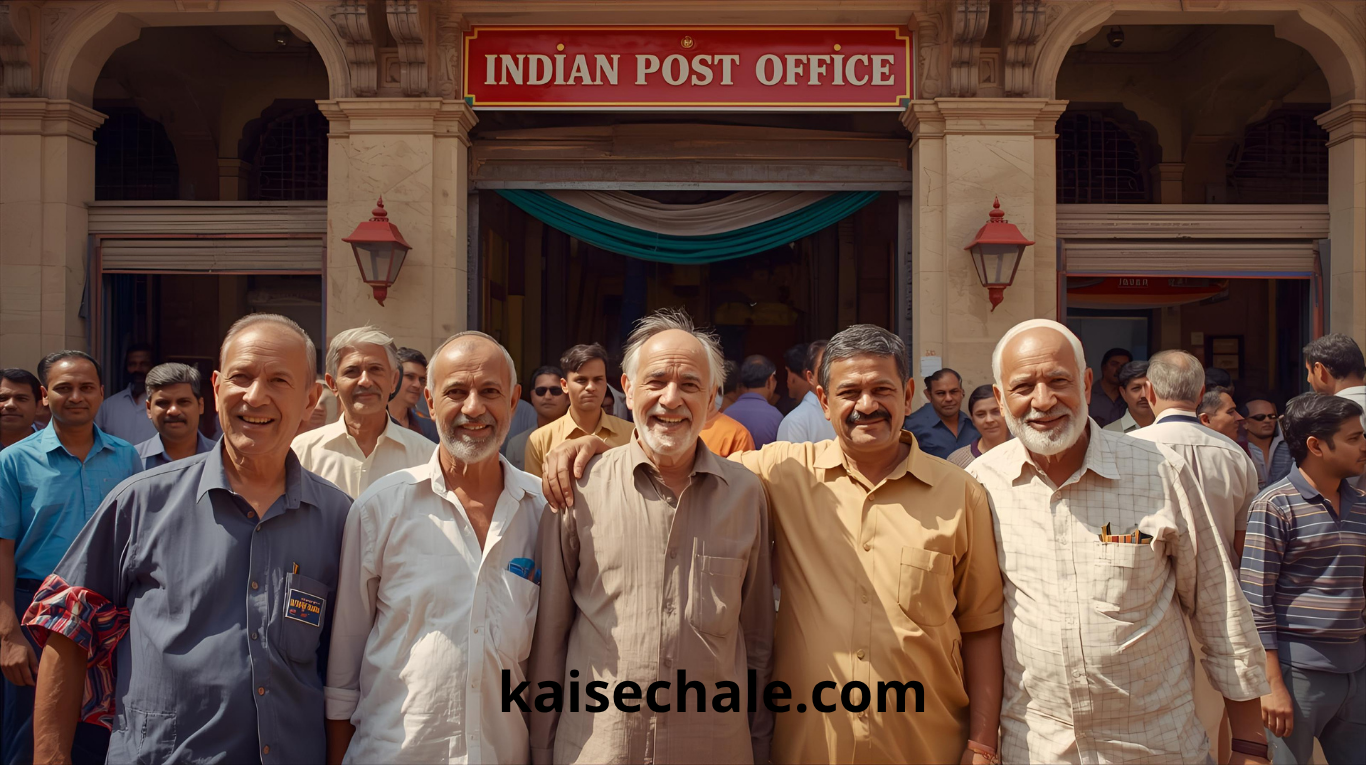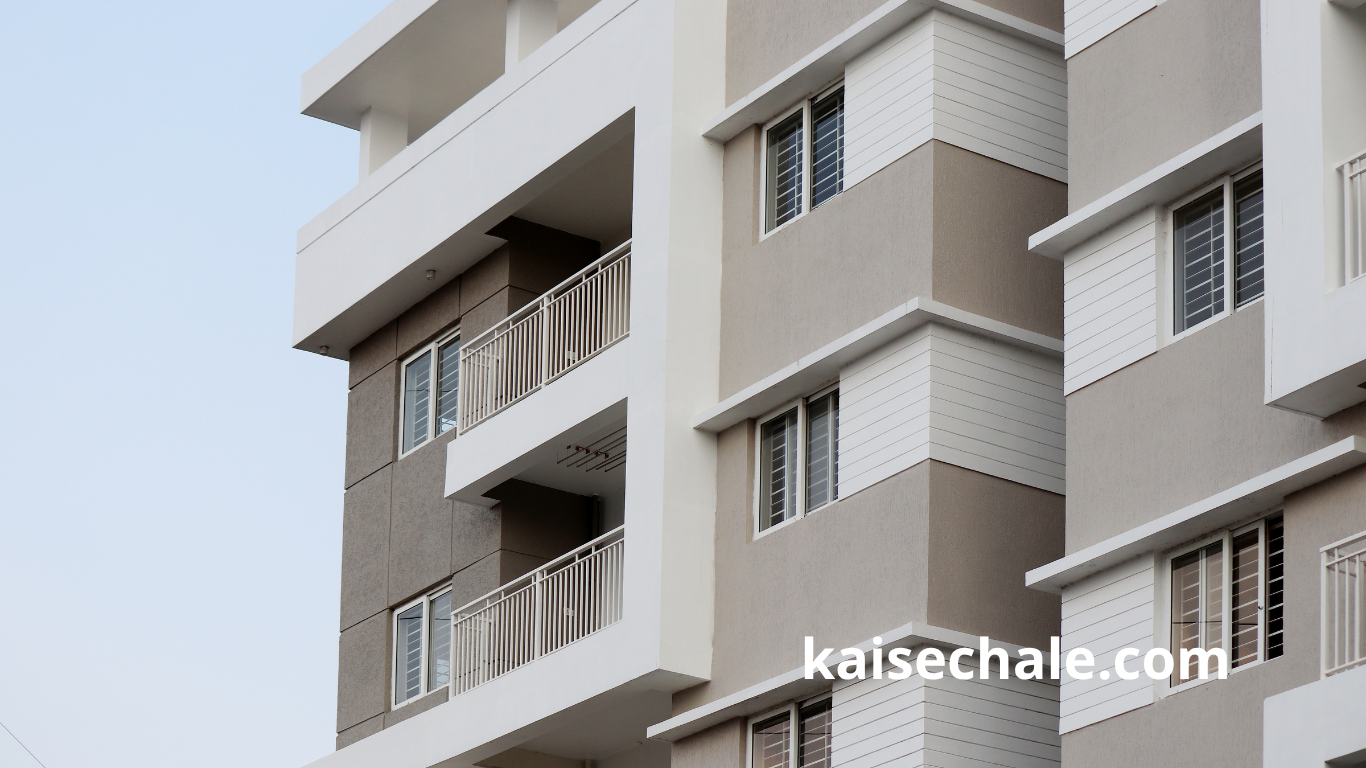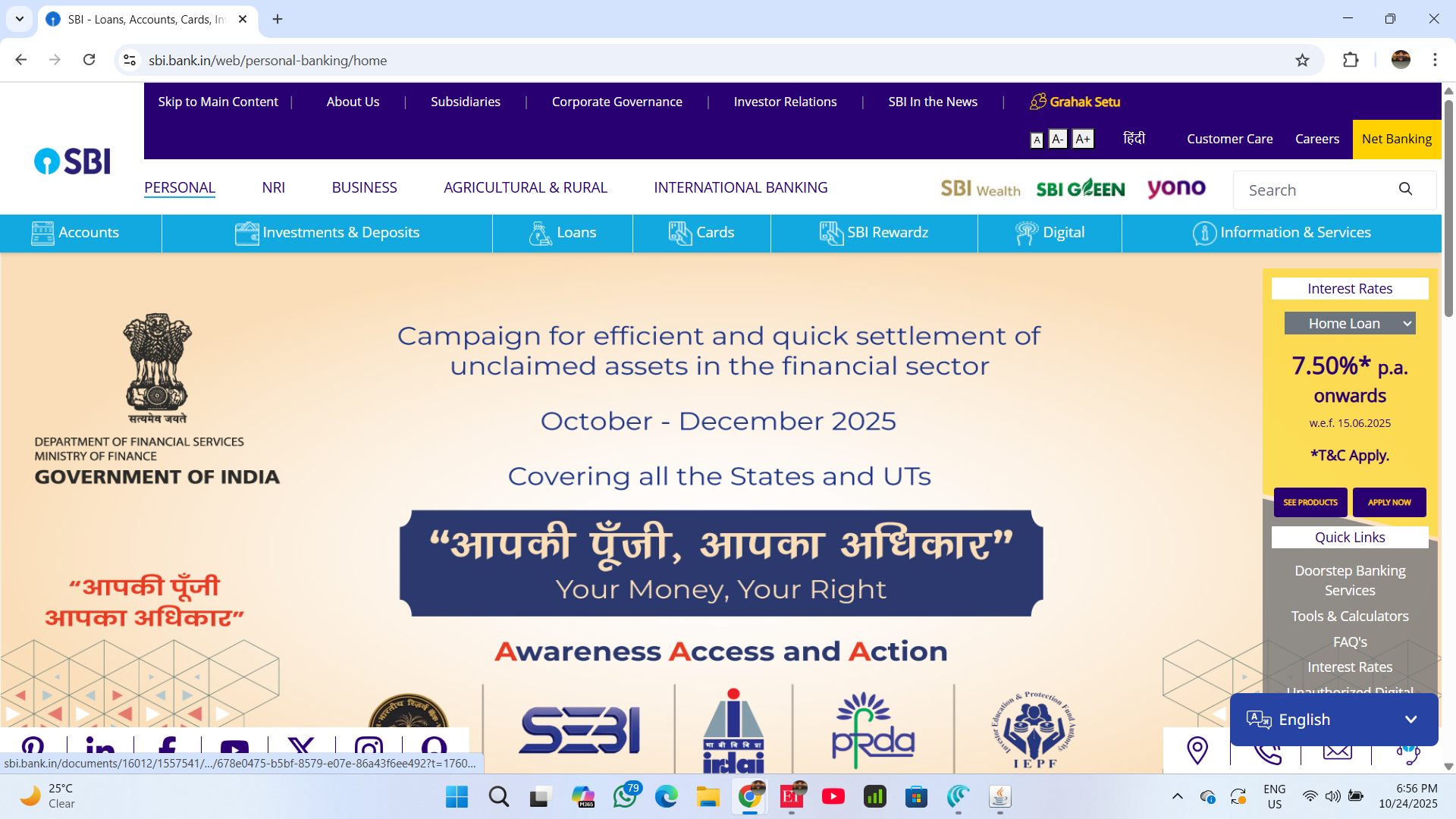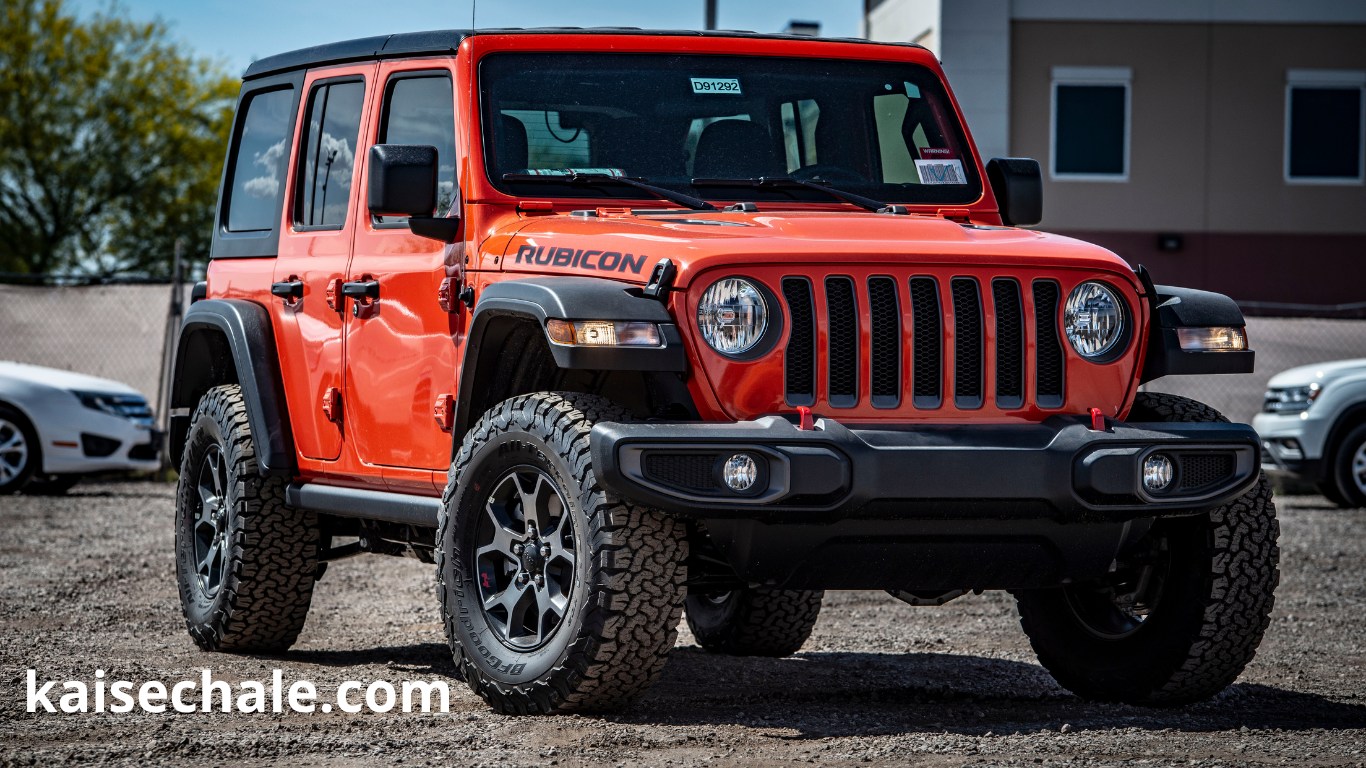
प्रस्तावना
भारत में कारों की कीमतें लगातार बढ़ रही हैं और 2029 तक इनकी औसत कीमत ₹14.72 लाख तक पहुंचने की संभावना है। यह वृद्धि 4.5% की वार्षिक चक्रवृद्धि दर (CAGR) से होगी। इस लेख में हम जानेंगे कि इस बढ़ोतरी के पीछे कौन-कौन से कारक जिम्मेदार हैं, उपभोक्ता व्यवहार में क्या बदलाव आ रहे हैं, और आने वाले वर्षों में भारतीय ऑटोमोबाइल बाजार की दिशा क्या होगी।
1. कार कीमतों में वृद्धि के मुख्य कारण
-
मूल्य वृद्धि का ट्रेंड: 2019 से 2024 के बीच कारों की औसत कीमत 41% बढ़ी है, जो ₹8.07 लाख से ₹11.64 लाख तक पहुंच गई। 2029 तक यह ₹14.72 लाख तक पहुंचने का अनुमान है।
-
प्रीमियम फीचर्स की मांग: उपभोक्ता अब बेस मॉडल की बजाय टॉप-एंड वेरिएंट पसंद कर रहे हैं, जिससे कीमतें बढ़ रही हैं।
-
सुरक्षा और टेक्नोलॉजी: नए सुरक्षा मानकों, एडवांस फीचर्स, और कनेक्टिविटी के चलते कारों की लागत बढ़ी है।
-
इलेक्ट्रिक और हाइब्रिड कारें: ईवी और हाइब्रिड टेक्नोलॉजी के कारण शुरुआती कीमतें अधिक हैं, हालांकि लंबे समय में ये किफायती साबित हो सकती हैं।
-
सरकारी नीतियां और टैक्स: BS6, सेफ्टी नॉर्म्स, और टैक्सेशन ने भी कीमतों को प्रभावित किया है।
2. बाजार की बदलती प्रवृत्तियां
-
SUV और प्रीमियम सेगमेंट का दबदबा: भारतीय बाजार में SUV और प्रीमियम कारों की मांग तेजी से बढ़ रही है।
-
मेट्रो शहरों में डिमांड: मुंबई, दिल्ली, बेंगलुरु, चेन्नई जैसे शहरों में कारों की बिक्री सबसे ज्यादा है।
-
कस्टमाइजेशन और पर्सनलाइजेशन: उपभोक्ता अब अपनी पसंद के अनुसार फीचर्स और डिजाइन चुनना पसंद कर रहे हैं।
-
इलेक्ट्रिक वाहनों की ओर रुझान: पर्यावरण जागरूकता और सरकारी प्रोत्साहन के चलते ईवी की मांग बढ़ रही है।
3. उपभोक्ता व्यवहार में बदलाव
-
प्रीमियम वेरिएंट की ओर झुकाव: अब 43% ग्राहक टॉप-एंड वेरिएंट खरीद रहे हैं, जबकि पहले यह आंकड़ा 27% था।
-
फीचर्स की प्राथमिकता: लोग अब बेसिक मॉडल की बजाय ज्यादा फीचर्स वाली कारें पसंद कर रहे हैं।
-
फाइनेंसिंग और ईएमआई: आसान लोन और ईएमआई विकल्पों ने कार खरीदना आसान बना दिया है।
4. चुनौतियां और अवसर
-
कीमतों में वृद्धि से डिमांड पर असर: लगातार बढ़ती कीमतें मध्यम वर्ग के लिए चिंता का विषय हैं।
-
इलेक्ट्रिक कारों की लागत: ईवी की शुरुआती कीमतें अधिक हैं, लेकिन सरकार की सब्सिडी और कम मेंटेनेंस लागत से राहत मिल सकती है।
-
इन्फ्रास्ट्रक्चर: चार्जिंग स्टेशन, बेहतर सड़कें, और सर्विस नेटवर्क का विस्तार जरूरी है।
-
मैन्युफैक्चरिंग इनोवेशन: लोकलाइजेशन, नई टेक्नोलॉजी, और रिसर्च में निवेश से लागत कम की जा सकती है।
5. भविष्य की संभावनाएं
-
2029 तक बाजार का आकार: अनुमान है कि 2029 तक भारत में कारों की औसत कीमत ₹14.72 लाख होगी और बाजार का आकार भी तेजी से बढ़ेगा।
-
इलेक्ट्रिक और हाइब्रिड का विस्तार: आने वाले वर्षों में ईवी और हाइब्रिड कारों की हिस्सेदारी बढ़ेगी।
-
नई कंपनियों की एंट्री: विदेशी और घरेलू कंपनियां नए मॉडल और टेक्नोलॉजी के साथ बाजार में उतरेंगी।
-
डिजिटलाइजेशन: ऑनलाइन बुकिंग, वर्चुअल शोरूम, और डिजिटल फाइनेंसिंग का चलन बढ़ेगा।
6. निष्कर्ष
2029 तक भारत में कारों की औसत कीमत ₹14.72 लाख तक पहुंचने की संभावना है। यह वृद्धि उपभोक्ता की बदलती प्राथमिकताओं, टेक्नोलॉजी, सरकारी नीतियों और बाजार की प्रतिस्पर्धा का परिणाम है। हालांकि कीमतें बढ़ रही हैं, लेकिन बेहतर फीचर्स, सुरक्षा, और टेक्नोलॉजी के साथ भारतीय उपभोक्ता को ज्यादा विकल्प मिल रहे हैं। आने वाले वर्षों में इलेक्ट्रिक और हाइब्रिड कारें, कस्टमाइजेशन, और डिजिटलाइजेशन भारतीय ऑटोमोबाइल बाजार की दिशा तय करेंगे।
English Article
Introduction
Car prices in India are on a steady rise, with the average price expected to reach ₹14.72 lakh by 2029, growing at a compound annual growth rate (CAGR) of 4.5%. This article explores the reasons behind this increase, changing market trends, evolving consumer behavior, and the future outlook for the Indian automobile industry.
1. Key Drivers of Price Increase
-
Price Growth Trend: Between 2019 and 2024, the average car price rose by 41%, from ₹8.07 lakh to ₹11.64 lakh. By 2029, it is projected to reach ₹14.72 lakh.
-
Demand for Premium Features: Consumers now prefer top-end variants over base models, pushing up average prices.
-
Safety and Technology: New safety standards, advanced features, and connectivity have increased manufacturing costs.
-
Electric and Hybrid Cars: The adoption of EVs and hybrids has led to higher initial prices, though they may offer long-term savings.
-
Government Policies and Taxes: Regulations like BS6, safety norms, and taxation have also contributed to price hikes.
2. Changing Market Trends
-
Dominance of SUVs and Premium Segment: SUVs and premium cars are increasingly popular in the Indian market.
-
Demand in Metro Cities: Cities like Mumbai, Delhi, Bengaluru, and Chennai lead in car sales due to higher purchasing power and better infrastructure.
-
Customization and Personalization: Consumers are opting for customized features and designs.
-
Shift Towards Electric Vehicles: Environmental awareness and government incentives are driving EV demand.
3. Shifts in Consumer Behavior
-
Preference for Premium Variants: Now, 43% of buyers opt for top-end variants, up from 27% previously.
-
Feature Priority: Buyers are choosing cars with more features over basic models.
-
Financing and EMI Options: Easy loans and EMI schemes have made car ownership more accessible.
4. Challenges and Opportunities
-
Impact of Price Rise on Demand: Rising prices are a concern for the middle class.
-
Cost of Electric Cars: While EVs are expensive upfront, government subsidies and lower maintenance costs offer relief.
-
Infrastructure Needs: Expansion of charging stations, better roads, and service networks is essential.
-
Manufacturing Innovation: Investment in localization, new technologies, and R&D can help reduce costs.
5. Future Prospects
-
Market Size by 2029: The average car price is expected to reach ₹14.72 lakh, with the market expanding rapidly.
-
Growth of Electric and Hybrid Cars: The share of EVs and hybrids will increase in the coming years.
-
Entry of New Players: Both domestic and international companies will introduce new models and technologies.
-
Digitalization: Online booking, virtual showrooms, and digital financing will become more prevalent.
6. Conclusion
By 2029, the average car price in India is likely to reach ₹14.72 lakh. This growth is driven by changing consumer preferences, technological advancements, government policies, and market competition. While prices are rising, consumers are getting better features, safety, and technology. The future of the Indian automobile market will be shaped by electric and hybrid vehicles, customization, and digitalization.

